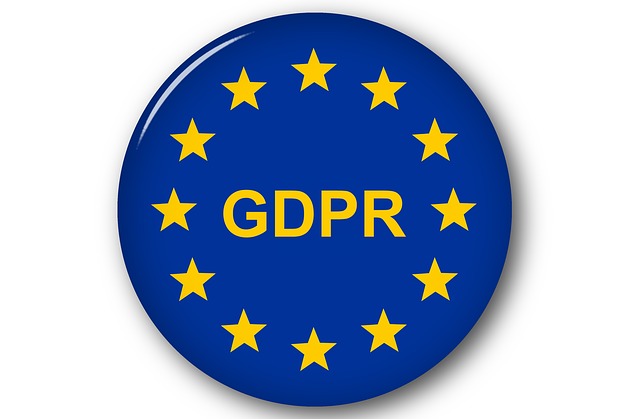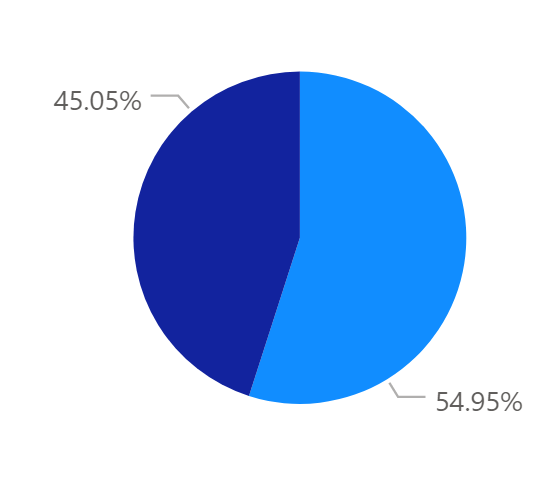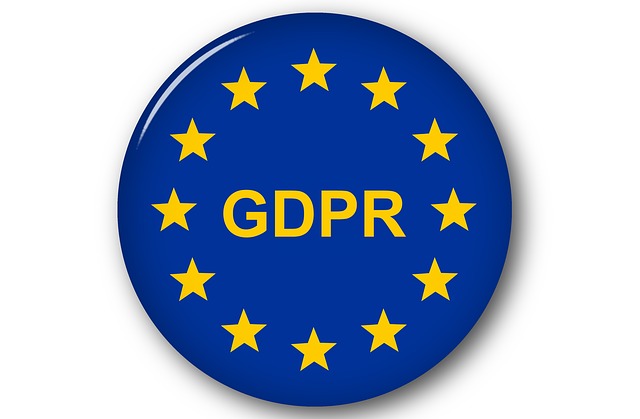
One of the few things which I felt was different between the old Data Protection Act 1998 and GDPR when it was introduced, was the need to be able to evidence compliance as part of the compliance process. So, to be compliant you have to be able to provide evidence of compliance.
So how to show compliance?
As we start a new academic year, I think it is therefore important to give some consideration as to how you can provide compliance with UK GDPR so I thought I would list some of the key evidence you should have.
Data Record Summaries
One of the key things about GDPR and personal data is knowing where the person data is stored and/or processes so one of the key methods of showing compliance is to have records of which data is where, along with appropriate classification of the data, who has access to it, its purpose and how it is processed. Now I know from personal experience this can be a very arduous job, however it is important to understand it can be carried out at different levels of details, from full details down to the individual data fields, which is likely to be too details and time-consuming, to higher-level records focussing more on record types. It is therefore important to decide what level of detail how need. It may be acceptable to have a high-level central record which individual departments then may keep more detailed records at a more local, department level.
Retention periods
We also need to be able to show we have considered our retention period of different record types. Now the Department for Education provide minimum retention periods for some record types however for others’ schools will need to make this decision for themselves. As such the evidence of compliance is then the retention policy or process plus the fact the current data stored matches this.
Policies
We can also evidence our compliance by having the appropriate policies in place, although really, it is less the policies that matter, and more that the school follows and complies with their own policies. So, this can include a privacy policy, data protection policy, acceptable usage policy, data retention policy and information security policy. I think, also there needs to be evidence in the form of policies or documented processes in relation to incident management and in relation to managing subject access requests or other data issues.
Is Data Protection and GDPR discussed
This to me is the most important evidence. We can create our policies and other documents as a one-off task however data protection and compliance with UK GDPR is an ongoing process, as processes and systems change, as additional data is gathered, as the operating environment changes, etc. As such one of the key pieces of evidence is that data protection is often discussed. This can easily be seen in minutes of meetings, briefing documents, emails, incident and near miss logs, etc. Simply asking random staff some basic data protection questions, such as who they would report a suspected breach to, or what to look out for in phishing emails, will help you easily identify is data protection is taken seriously and therefore, how likely that UK GDPR is complied with.
Conclusion
The above is not meant to be exhaustive detail as the reality of UK GDPR is that your approach should be appropriate for your organisation and for the data you store and process, and the methods you use to process such data. As such I suspect no two schools will ever be the same, although they will certainly have many similarities.
If I was to make one suggestion it would be to ensure that you can show that data protection is part of the normal day to day processes. There should be evidence of its general and regular discussion as if this is the case, if it is regularly raised and discussed, it is likely you are already well on your way to compliance.







 Was playing around with PowerBi the other day and found myself with a challenging situation. Basically, I had a number of records for events, however wanted to know what percentage of available slots were booked and which were free, plus wanted this to be displayed in a pie chart.
Was playing around with PowerBi the other day and found myself with a challenging situation. Basically, I had a number of records for events, however wanted to know what percentage of available slots were booked and which were free, plus wanted this to be displayed in a pie chart.
 I have previously written about third party related cyber risk in relation to data protection and GDPR but I think it warrants a little bit of a further discussion. To start I will state what I believe is the key message:
I have previously written about third party related cyber risk in relation to data protection and GDPR but I think it warrants a little bit of a further discussion. To start I will state what I believe is the key message: A German state have announced that they are banning the use of Office 365 in their schools citing GDPR reasons (read article
A German state have announced that they are banning the use of Office 365 in their schools citing GDPR reasons (read article  The recent announcement of the proposed fine of British airways has once again re-ignited the GDPR related discussion. The fact that it was followed promptly by a further fine for the Marriot hotel chain just added fuel to the fire. I have once again seen a number of emails and posts on social media regarding GDPR support and consultation services and also GDPR “solutions”. This continues to worry me as the security and protection of organisational data is an ongoing process and not simply a task to be done and then revisited yearly or a product/service to be purchased. It also worries me that some schools or even other organisations may sign up to services seeking an answer however will find that their purchase adds little value but at significant cost.
The recent announcement of the proposed fine of British airways has once again re-ignited the GDPR related discussion. The fact that it was followed promptly by a further fine for the Marriot hotel chain just added fuel to the fire. I have once again seen a number of emails and posts on social media regarding GDPR support and consultation services and also GDPR “solutions”. This continues to worry me as the security and protection of organisational data is an ongoing process and not simply a task to be done and then revisited yearly or a product/service to be purchased. It also worries me that some schools or even other organisations may sign up to services seeking an answer however will find that their purchase adds little value but at significant cost. It was recently brought to my attention that the transcript files in Steam had changed and therefore the code I previously created for extracting the text from these files no longer works (You can read my original posting and code
It was recently brought to my attention that the transcript files in Steam had changed and therefore the code I previously created for extracting the text from these files no longer works (You can read my original posting and code